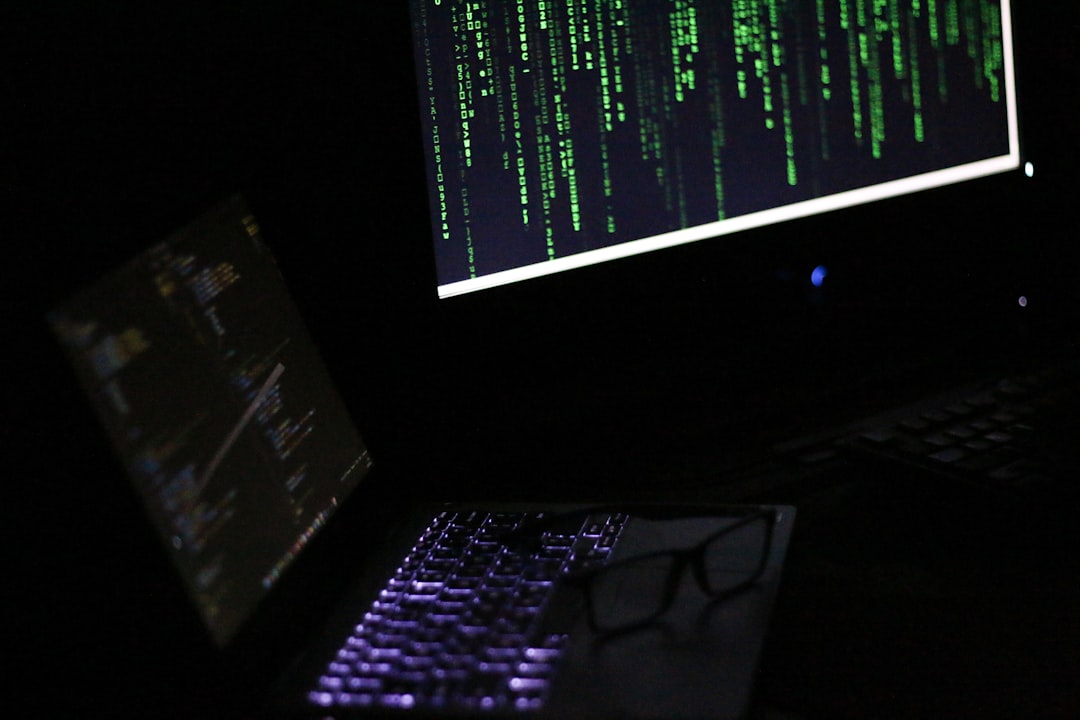In modern enterprise environments, tracking the reasons behind system shutdowns or restarts is a critical component of IT infrastructure management. As administrative oversight and accountability become increasingly important, the Shutdown Event Tracker has emerged as an essential tool for system diagnostics and audit control. By 2025, organizations are expected to take full advantage of Group Policy enhancements in Windows Server environments to ensure this feature is consistently enforced across enterprise machines.
The Shutdown Event Tracker prompts administrators to provide a justification every time they initiate a shutdown or restart of a server or workstation. This creates an event in the Windows Event Log that details the nature and intent behind such actions. Enabling this feature via Group Policy ensures its uniform activation across all systems, thus limiting oversight gaps and aiding in security and compliance audits.

Why Enable Shutdown Event Tracker via Group Policy?
There are several reasons why IT administrators should enforce the Shutdown Event Tracker using Group Policy:
- Audit Consistency: Ensures that all shutdowns and restarts are recorded uniformly across all managed devices.
- Security Compliance: Helps organizations meet regulatory requirements by recording system events accurately.
- Operational Oversight: Provides detailed insight into why systems are being powered down, supporting root cause analyses.
- Centralized Management: Group Policy allows IT teams to apply this setting network-wide without manual configuration.
By enforcing shutdown tracking through policies, businesses gain a controlled environment, with fewer unknowns in event logs and better accountability for system issues resulting from unexpected reboots or shutdowns.
How to Enable Shutdown Event Tracker via Group Policy
The process to enable the Shutdown Event Tracker has remained consistent, with minor refinements as Windows Server evolves. Below are the steps to enable it on devices running Windows Server 2022 and expected updates for 2025 environments:
- Open the Group Policy Management Console (GPMC) on your domain controller.
- Create a new GPO or edit an existing one applied to the relevant organizational unit (OU).
- Navigate to the following policy path:
Computer Configuration > Administrative Templates > System - Find and double-click Display Shutdown Event Tracker.
- Select Enabled. You can choose the setting to apply to:
- Server only
- Workstation only
- Both
- Click Apply and then OK.
After applying the policy, it’s advisable to run gpupdate /force on client machines or wait for Group Policy background refresh to complete. The Shutdown Event Tracker will be active at the next shutdown or restart event, prompting users to select a reason and type in a descriptive comment if necessary.
Best Practices for Implementation
Implementing the Shutdown Event Tracker is not merely a technical configuration—its success depends heavily on organizational practices and user education. Here are a few tips for effective deployment:
- Document Guidelines: Establish policies requiring admin teams to provide meaningful descriptions when prompted.
- Monitor Logs Regularly: Set up automated event log collection and alerting via tools like Microsoft System Center or third-party SIEM solutions.
- Train Support Teams: Provide training to IT personnel to ensure they understand when and how to log accurate shutdown reasons.
- Include in Onboarding: Make Shutdown Event Tracker practices part of the IT staff onboarding process to ensure consistent application.
Enabling Shutdown Event Tracker through Group Policy ensures the continuity and security emphasis that modern enterprises need. The transparency it provides through built-in Windows logging complements a range of IT governance frameworks, including ITIL and ISO 27001.
As organizations move further into hybrid and cloud-enhanced infrastructures by 2025, there’s still a core reliance on on-premises servers and managed workstations. Tools like Shutdown Event Tracker, when managed through Group Policy, help ensure that this portion of the technology stack remains accountable and secure.
In conclusion, implementing Shutdown Event Tracker using Group Policy is not only a best practice but a step toward a more resilient and managed IT environment. With evolving regulatory demands and the growing complexity of IT operations, taking such proactive measures can significantly heighten an organization’s confidence in its operational stability and integrity.
